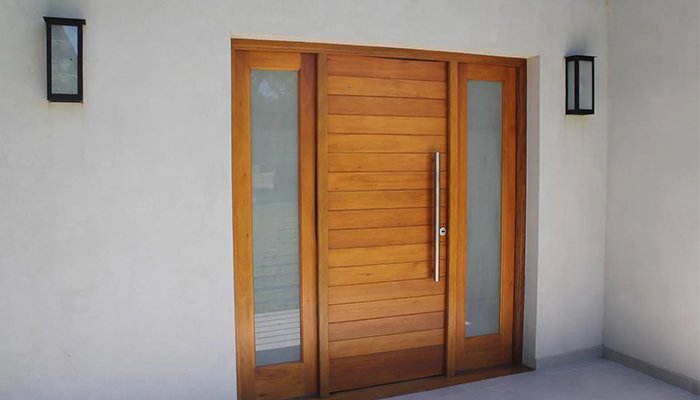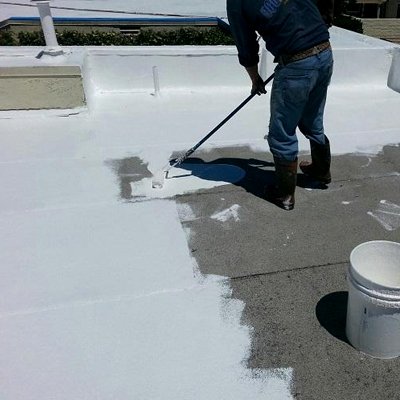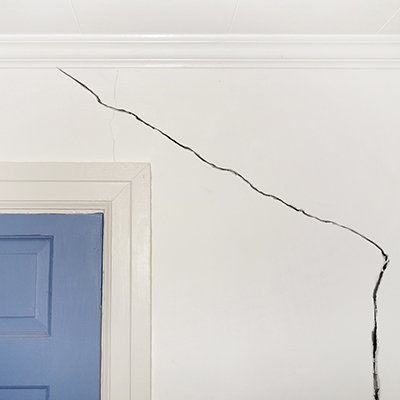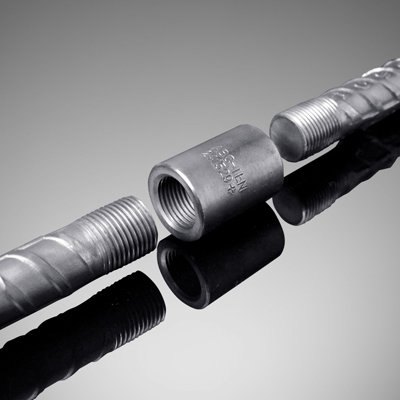AAC BLOCKS
It is also known as Autoclaved Cellular Concrete or Autoclaved Lightweight Concrete. It is made with the mixture of fly ash, quartz sand, calcined gypsum, lime, cement, water and aluminum powder, AAC products are cured under heat and pressure in an autoclave. AAC blocks are precast in various sizes & provides structure, insulation, and fire- and mold-resistance. It include blocks, wall panels, floor and roof pan.
AAC products may be used for both interior and exterior construction, and may be painted or coated with a stucco or plaster compound to guard against the elements
Types of AAC Blocks:
1. Infill Blocks:
The size of the Infill Aerocon brick is 600X600 mm and the thickness varies in the ranges of 75,100,125,150,200 mm. The main advantage of Infill blocks is that they can easily replace 60% of the concrete in roof slabs and thus help in saving significant amounts of concrete, steel, labor, water, plaster etc. These blocks are especially suitable for building roofs in large column-free constructions.


2. Jumbo Blocks:
Jumbo blocks are typically in the size of 600X300 mm, and thickness ranges from 75,100,125,150, to 200 mm. The unique large size of Jumbo Aerocon bricks results in the usage of much fewer bricks and hence less mortar is required. These bricks are more suitable for non-load bearing walls, multi-storied buildings etc.

3. Thermal Blocks:
These blocks are also called as Aerocool thermal blocks whose size and thickness is 300X200 mm and 50 mm respectively. These blocks are ideal for roofing since they delay the transmission of heat flow and also help interiors remain warm during winters and cool during summers.

Advantages of AAC Blocks:
- Improved thermal efficiency reduces the heating and cooling load in buildings.
- These can be used with mortar or adhesive.
- Workability allows accurate cutting, which minimizes the generation of solid waste during use.
- Resource efficiency gives it lower environmental impact in all phases of its life cycle, from the processing of raw materials to the disposal of waste.
- Lightweight saves cost and energy in transportation, labour expenses, and increases chances of survival during seismic activity.
- Larger size blocks leads to faster masonry work.
- Reduces project cost.
- Environmentally friendly: It produces at least 30% less solid waste than traditional concrete. There is a decrease of 50% of greenhouse gas emissions.
- Fire resistant: As with regular concrete, AAC is fire resistant.
- Great ventilation: This material is very airy and allows diffusion of water. This reduces the humidity inside the building. AAC will absorb moisture and release humidity. This helps to prevent condensation and other problems that are related to mildew.
- Non-toxic: There are no toxic gases or other toxic substances in autoclaved aerated concrete. It neither attracts rodents or other pests nor can it be damaged by such.
- Accuracy: The panels and blocks made of autoclaved aerated concrete are produced to the exact sizes needed before leaving the factory. There is less need for on-site trimming. Since the blocks and panels fit so well together, there is less use of finishing materials such as mortar or adhesive.
- Long lasting: The life of this material is extended because it is not affected by harsh climates or extreme weather changes. It will not degrade under normal climate changes.
Disadvantages of AAC Blocks:
- Installation during rainy weather: AAC is known to crack after installation, which can be avoided by reducing the strength of the mortar and ensuring the blocks are dry during and after installation.
- Brittle nature: they need to be handled more carefully than clay bricks to avoid breakage.
- Attachments: the brittle nature of the blocks requires longer, thinner screws when fitting cabinets and wall hangings and wood-suitable drill bits or hammering in.






